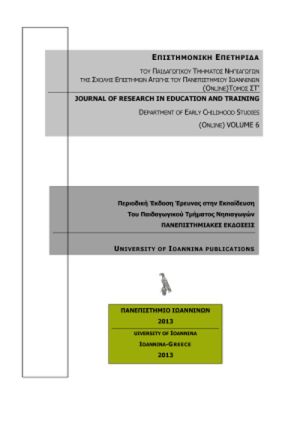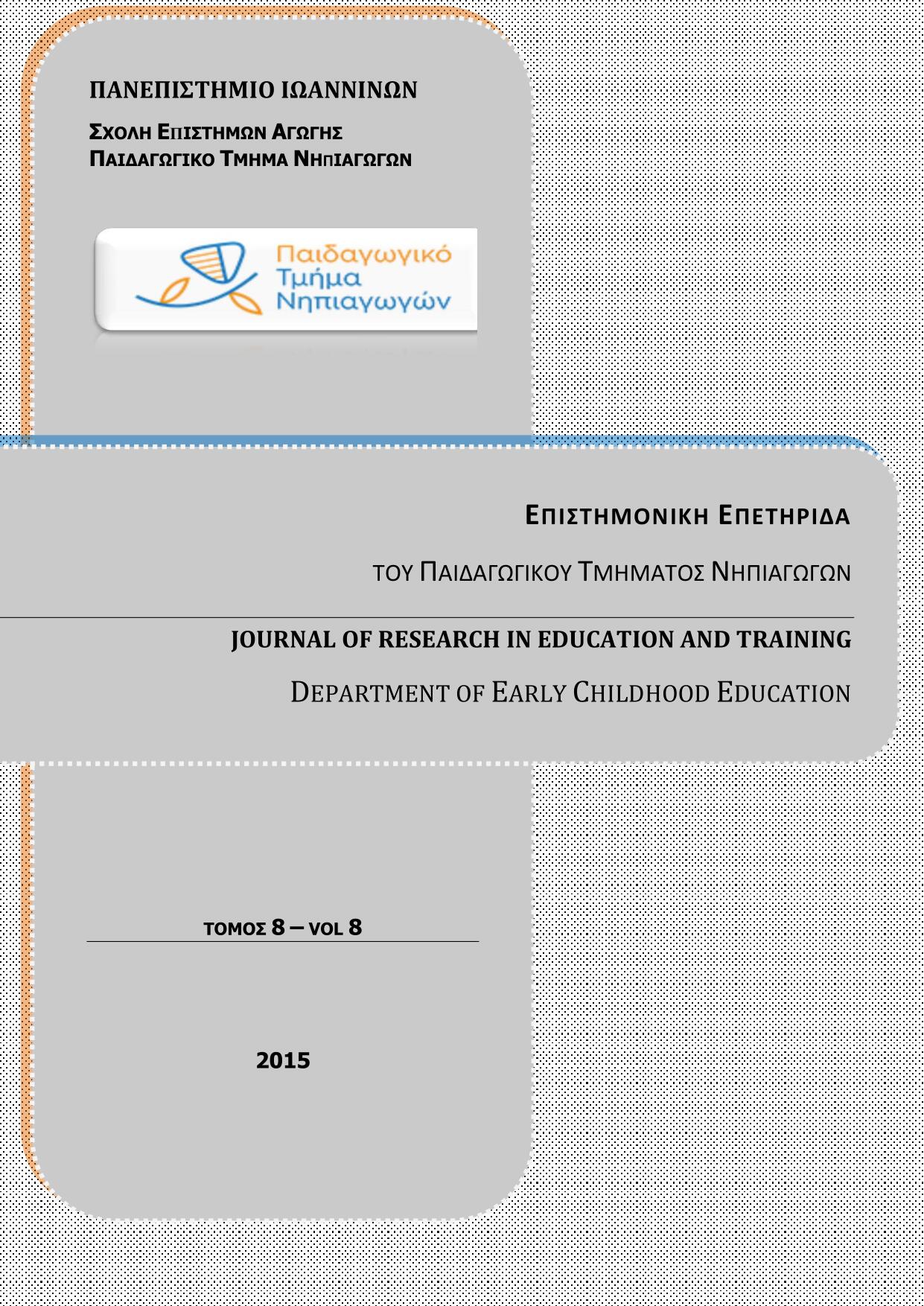Emotion evaluation in Parkinson disease

Abstract
Parkinson disease (PD) has been described for many years mainly with regard to motor symptoms. However, later studies have revealed the experience of cognitive and psychiatric symptoms reported by PD patients. Such symptoms include emotional impairment (hypomimia). The disruption of Facial Emotion Recognition (FER) has been one of the most basic aspects of emotional functioning underlying Parkinson disease. Studies assessing FER in PD report contradictory results although most of them have identified such a difference between PD patients and healthy controls (HCs). The present study explores the difference in FER between PD patients and healthy controls. The sample consists of 16 HCs (11 females and 5 males) and 16 PD patients (10 females and 6 males). The results indicated differences in FER concerning: surprise, disgust, anxiety, and neutral emotional state. The exploration of differences in the severity of disease (disease rating scale) indicated that patients at the 3rd stage scored lower on FER concerning anger, disgust, anxiety, and neutral emotional stage. The findings are discussed in the context of the recent literature.
Article Details
- How to Cite
-
Μακοπούλου Ά.-Μ., Μωραΐτου Δ., Καραγιαννοπούλου Ε., & Παπαντωνίου Γ. (2020). Emotion evaluation in Parkinson disease. Journal of Research in Education and Training, 13(1), 36–60. https://doi.org/10.12681/jret.19879
- Issue
- Vol. 13 No. 1 (2020)
- Section
- Articles

This work is licensed under a Creative Commons Attribution-NonCommercial-ShareAlike 4.0 International License.
Authors who publish with this journal agree to the following terms:
- Authors retain copyright and grant the journal right of first publication with the work simultaneously licensed under a Creative Commons Attribution Non-Commercial License that allows others to share the work with an acknowledgement of the work's authorship and initial publication in this journal.
- Authors are able to enter into separate, additional contractual arrangements for the non-exclusive distribution of the journal's published version of the work (e.g. post it to an institutional repository or publish it in a book), with an acknowledgement of its initial publication in this journal.
- Authors are permitted and encouraged to post their work online (preferably in institutional repositories or on their website) prior to and during the submission process, as it can lead to productive exchanges, as well as earlier and greater citation of published work (See The Effect of Open Access).










